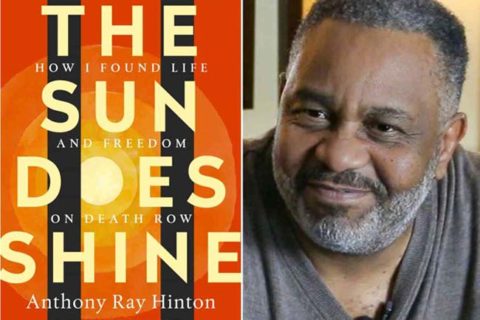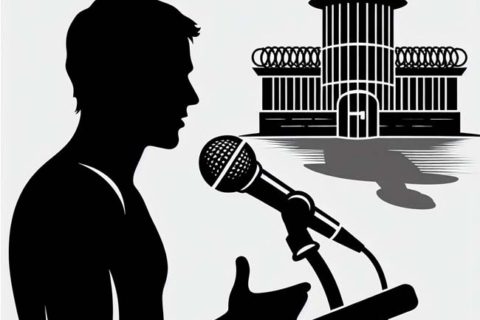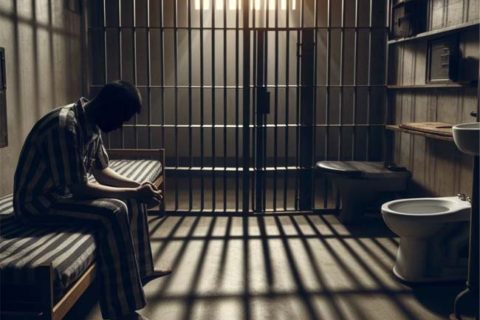It is indeed true that the U.S. Government spends much more on incarceration than education. That’s such a pros and cons, as more money ideally goes to schools than goes to prison before high-crime neighborhoods can really be reformed.
Of course, there are several reasons that include an incarceration rate which has tripled over the past three decades. Well, the higher cost of caring for people in prisons 24 hours a day and the higher number of workers required to operate a prison. To make it for you to understand the gap between education and incarceration, let’s see the infographic below!
Infographic: Education Vs Incarceration
We got the Education vs Incarceration infographic from visualy.ly You can see the differences between Education Vs Incarceration through the picture below!

Here’s for the explanation:
- Funding
As of 2012, approximately $1 billion education funding cuts. In Suburban, the budget that issues suburban students is about $11,110/ student per year with 82% graduating. In the city, the budget that issues city students is about $8,985/ student per year with 49% graduating. The picture also shows 1/10 of the State’s Students and ¼ of the State’s Budget Cuts.
Additionally, PA is ranked 43rd of 50 in educational funding equally among income levels. PA is one of the worst funders of education, second only to Nebraska.
Corrections, $871 million is funded for prisons that increased in 2012. Approximately $31,900 per year is used to fund. About 7% of every tax dollar is used to fund prisons and corrections. In fact, the United States has ¼ of the world’s prisoners.
Based on the picture, about $11 billion was funded to prison in 1988 and approximately $50 billion was funded to prison in 2012.
- Philadelphia Poverty and Education
Based on the picture, Philadelphia has the highest percentage of poor people, about 8 of 10 people are at or near poverty level. Furthermore, Philadelphia has the lowest % of college graduates, about 5 of 10 people graduate from high school and 1 of 10 people graduate from college.
- US Education and Incarceration
Based on the picture, we can see that the U.S. has 1 of 100 people who are college graduates, 1 of 35 people are high school graduates and 1 of 10 people are high school dropouts.
- US Incarceration and Mental Illness
In the picture, we can see that as of 1998, about 238,000 prisoners had suffered with mental health problems. As of 2012, about 1.25 million had suffered with mental health problems.
Okay, those are some things we can explain based on an infographic showing the differences between education and incarceration.
Why Does the U.S Government Spend More on Incarceration?
In fact, Americans account for 4.4% of the global population, but 22% of the world’s prison population. It is known that California spends about $8.6 billion per year on its prison system, which is more than any other state, averaging $64,642 per inmate.
So far, California is also the state with the biggest gap between education and prison spending. According to a new analysis by personal finance site GoBankingRates, this state pays just $11,495/ student for a difference of $53,146.
Well, there are several factors that play into the imbalance, including U.S. incarceration rates that have more than tripled over the past three decades, even as crime rates have fallen. The amount spent by the Government on K-12 education increased by 107% during the same period, according to a report by the U.S. Department of Education.
Another factor in the spending gap between education and incarceration. Of course, it may take more workers to run a prison than a school. It is known that each American teacher will supervise an average of 20.8 students, while the prison guards supervise an average of 53 prisoners.
Aside from that, it costs more to house and feed inmates 3 times a day, if we compare to school children who don’t require the same 24- hour oversight. However, the experts have drawn correlations between both, although it probably seems that prison spending and education spending are disparate.
We take as an example that about 66% of state prison inmates have not graduated high school. According to the U.S. Department of Education, the data was finally found that young black men aged 20-24 without a high school diploma are more likely in prison or jail than they’re to have a job.
In this case, New York had the second-largest gap between per inmate and per student costs. It spends more on each than any other state. In New York, the cost per student is about $22,366, if we compare to the $69,355 it invests per inmate, for a difference of $46,989. Connecticut then follows with a $43,2020 gap between its $18,957, spending per student and $43,201 per inmate costs.
With a $43,201 gap between per student, New Jersey narrowly ranks fourth, spending $18,401 and per inmate expenditures $61,603. Rhode Island also lands in 5th place, with a $43,033 gap, if we compare per student that spends $15,531 to costs per inmate $58,564.
With a $39,742 gap between per student $17,872 and per inmate $57,614 spending, Vermont also ranked sixth place. Massachusetts then followed with a $39.578 gap, if we compare per student $15,592 and per inmate $57,614 spending.
Alaska also lands 8th place with a gap of $35,124, spending $17,509 per student and $55,170 per inmate. with a $33,180 gap, Oregon came in 9th place, spending per student $10,841 and per inmate $44,021.
Maryland followed with a $30,396 gap between per inmate $44,601 and education $14,205 spending. Colorado ranked eleventh, with a $29,729 gap that is followed by Minnesota with a $28,985 gap. After that, Pennsylvania followed with a $27,310 and Wisconsin with a $27,188 gap.
New Mexico finally completes the top 15, with a $27,140 difference between prison $36,832 and education $9,692 spending. Iowa came in 16th place, with $26,737 between per inmate $37,908 and per student $11,150. Washington followed with a $26,306.81 gap, North Dakota with a $25,228.14 gap, Delaware with a $ $24,366.63. Michigan rounds out the top 20, with a $24,141.01 gap between per inmate $35,809 and per student $11,667.

A bookworm and researcher especially related to law and citizenship education. I spend time every day in front of the internet and the campus library.




